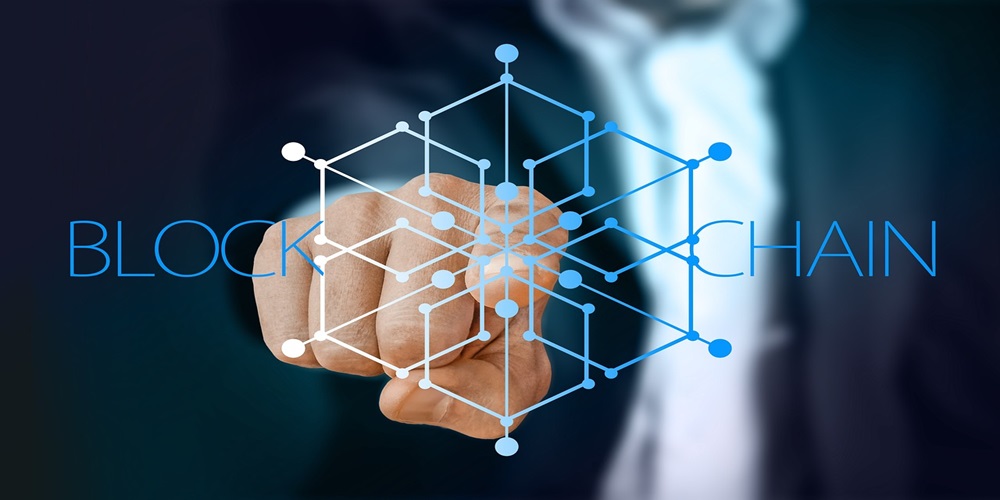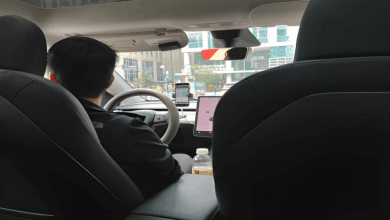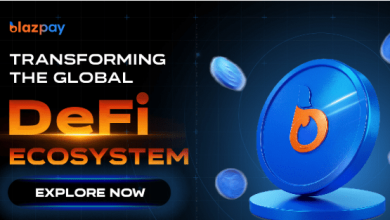What is Decentralization in Blockchain?

Blockchain is not a centralized system, as communication and control are not the responsibility only of a specific individual, company, or organization. Instead, around the world, tens, hundreds, and thousands of multiple computers work together to verify and store transactions. With this, blockchain becomes more secure, transparent, and resistant to manipulation.
What is Decentralization?
Decentralization in blockchain means that a central authority (like a bank or company) no longer controls the network; instead, the power is transferred to a randomly generated network of users.
It reduces this reliance on a single entity, which makes the transactions more secure. Since nobody has full control, no one can put one over on you in the manipulation process, and the system continues to work fairly and transparently.
Why Decentralization Matters
Decentralization is preferred because it makes fair, dependable, and secure systems. Decentralized networks distribute the control of things instead of a single authority. It cuts the chance of corruption, censorship, or a single point of failure.
Decentralization improves transparency, security, and self-sovereignty in the blockchain. It may mean slower transactions in return, but the benefits of higher trust, more stability, and more independence make modern technology incomplete without it.
Benefits of Decentralization
Provides a Trustless Environment
There is no need for a decentralized blockchain network between participants. All following members own an equivalent copy of the distributed ledger to guarantee transparency and security. If someone tries to change or corrupt data, the network stops automatically and rejects it. It is a trustless system that would improve data integrity, security, and decentralization without any central authority.
Improves Data Reconciliation
On the other hand, traditional systems consist of the parts in which the company stores and alters the data individually, and in that case, sharing the data between partners will result in inconsistencies and errors.
Data can be lost or inaccurate every time it is transferred or transformed. This problem is solved when data is passed using a decentralized data system that provides a real-time and shared view of information.
Data accuracy, consistency, and transparency are ensured while errors are minimized, and entities collaborate.
Reduces Points of Weakness
By being decentralized, you eliminate those weak points in a system without trusting a single entity. Servicing failures can result from disruptions, resource shortages, bottlenecks, and corruption in centralized networks.
Decentralization provides control over many participants to ensure continuous operation, improved efficiency, and less attack vulnerability. It is a more resilient and, therefore, more reliable network when the dependency on one source is reduced.
Optimizes Resource Distribution
It helps distribute resources among a network and provides more performance, stability, and efficiency. Rather than relying on a single entity, workloads are distributed, nurturing redundant workloads with no risk of failures in the system. As a result, we reduce unreliability and increase scalability.
How Decentralization Compares
Different systems are not decentralized in the same way. A project determines the level of decentralization, considering security, efficiency, control, and possible trade-offs. Every blockchain application doesn’t need to be fully decentralized.
The trick is to strike the right balance for the user’s needs. Some systems can benefit from a mix of centralization and decentralization based on efficiency and security. The table below compares decentralized networks with centralized and distributed ones to understand their differences.
Centralized
Distributed
Decentralized
Example
ERP system
Cloud computing
Blockchain
Performance
Maintained & controlled by a central entity
Increases as network/hardware resources scale up and out
Decreases as # of network members increase
Security
Maintained & controlled by a central entity
Typically, a shared responsibility between the network provider, solution provider & customer
Increases as # of network members increase
Fault tolerance
Low
High
Extremely high
Single Point of Failure
Yes
No
No
Control
Controlled by a central entity
Typically, a shared responsibility between the network provider, solution provider & customer
No one owns the data & everyone owns the data
Data
Maintained & controlled by a central entity
Typically owned & managed by customer
Only added through group
Solution components
Maintained & controlled by a central entity
Maintained & controlled by the solution provider
Each member has the same copy of the distributed ledger
Computing infrastructure/ IT resources
Managed and controlled by a single authority in a centralized location
Distributed across multiple data centers and locations, managed by the network provider
Resources are owned & shared by network members; difficult to maintain since no one owns it
Who is Building Blockchain Applications Leveraging Decentralization?
Different blockchain projects make Decentralization decisionsdifferently depending on their requirements and needs. Other versions of decentralization are implemented in blockchain protocols, decentralized applications (dApps), and Decentralized Autonomous Organizations (DAOs).
The decentralization level is a function of the project’s maturity, incentive models’ reliability, and consensus mechanism’s effectiveness. An example of blockchain is found in some DAOs, which are partially decentralized oracles, fully centralized smart contracts, and governed by a community.
Nearly all industries are beginning to adopt decentralized solutions outside blockchain projects as security, transparency, and efficiency-improving measures.



